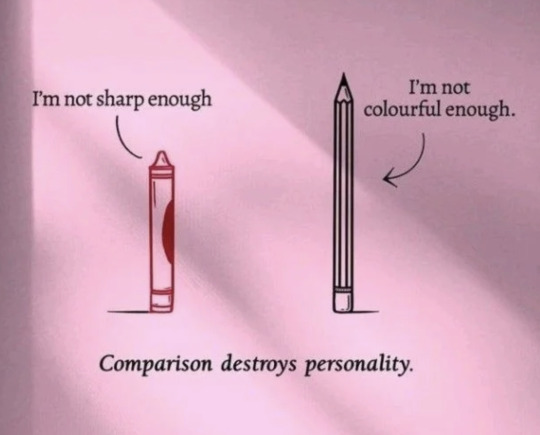Hi I'm Blue! Im 28 (they/them). Commissions are currently closed. Feel free to ask me anything!
Don't wanna be here? Send us removal request.
Text

Pixel art practice. I wanted to practice an ambient, so i decided to do an oc's living space. Will make more pixel art in the future!
387 notes
·
View notes
Text

look at the sky, you're still here~ buy a wallpaper or leave a tip | bluesky | insta | my merch shop
6K notes
·
View notes
Text

(college stuff) everyone give it up for the humble arapaima
34K notes
·
View notes
Text



The short answer is... a tilt-shift lens.
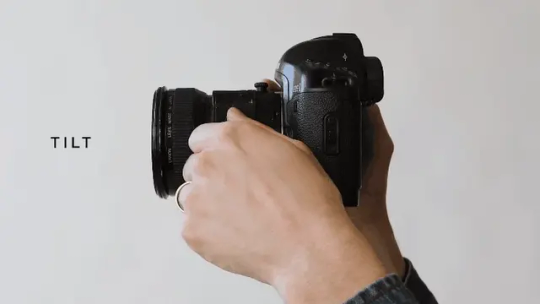
The slightly more complicated answer is... Mister Rogers.
Depth of field is the area in front and behind your chosen focus point that remains in focus and then slowly gets blurry as you get farther away.
Shallow depth of field only has a narrow slice of the image in focus and gets blurry super quick. This is caused by a large lens aperture and being close to the subject.

Deep depth of field can extend through the entire picture if your aperture is small and you are super far away.
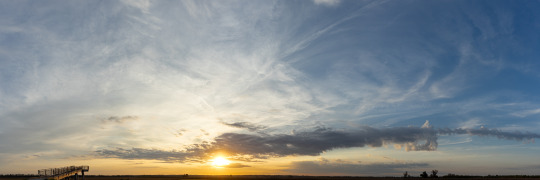
Usually the depth of field lines up with the image sensor of your camera. So if it is tilted forward, the plane of focus matches.

The stuff outside the green area would be blurry. The edges of the green would be slightly blurry. And the dashed green line would be the sharpest area of the photo.
But the tilt-shift lens allows you to create chaos with your plane of focus. In most cases, you would use this to flatten the depth of field so you can get a 2D plane entirely in focus.

If you were to use a normal lens, the bottom left and top right would be blurry.
But with a tilt-shift lens you can do this.
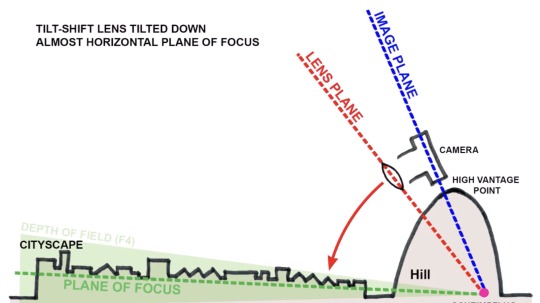
The green area is taking a little nap on the floor.
However, there is an unintended side effect created by this lens. (The "Scheimpflug intersection" if you want to go down the rabbit hole.) You can choose absolutely wacky planes of focus that create a very narrow depth of field over a geographically large area.
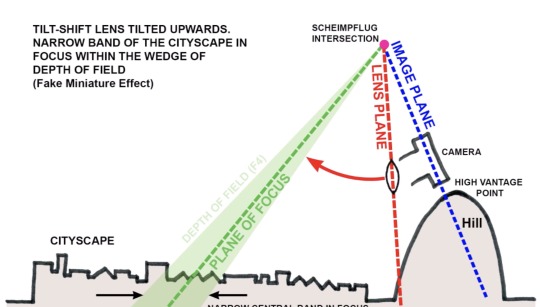
Believe it or not, this is when psychology comes into play.
And possibly Mister Rogers.
youtube
Our only reference for such a large area having a shallow depth of field is our memories of miniatures on TV. So Mister Rogers and Thomas the Tank Engine trained our brains to see this effect as... small.
Depth of field shrinks the closer you are to something. And when filming miniatures, you are placing the lens close to the scene. But the scene represents something big in our minds. We buy the effect, but not 100%. That blurriness wouldn't be there at a regular scale. So our subconscious remembers we are watching small things pretending to be big. It just files that away in the back of our mind.
And then when we see something like this...
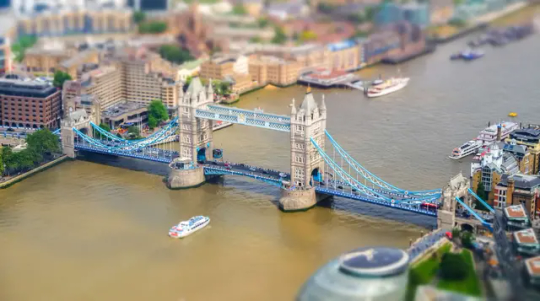
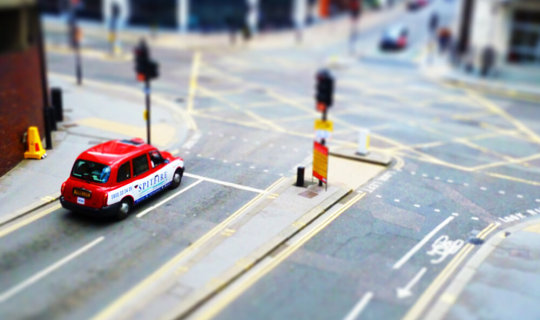
Our brain is all, "Look at all that tiny shit!"
Without Mister Rogers, our brains may have never made these connections and tilt-shift photography may just make us wonder why everything is all blurry. That connection to past experience is vital for this effect to be convincing.
Brains are neat.
21K notes
·
View notes
Text

Dear Santa, I've been a very good girl this year and I have tried hard on my own, but I would like to ask if you could please gift me with a set of RIPPLING MUSCLES under the tree. Love, Sarah
334 notes
·
View notes















